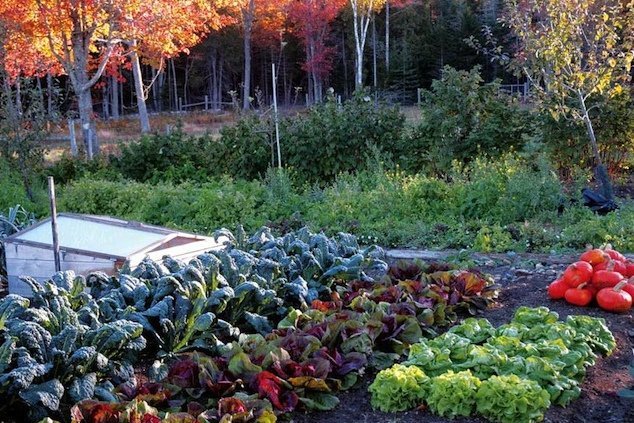Greetings, green-thumb aficionados! As the warmth of summer wanes and autumn’s cool embrace arrives, you may be tempted to believe that your gardening days are over. Fear not, for with thoughtful preparation and innovative methods. You can prolong your growing season well into the fall months. This guest post will explore valuable tips for cultivating a successful fall garden, emphasizing using raised garden beds, raised garden bed plans, garden boxes, and raised planter boxes to optimize your yield. So, cozy up with your favorite warm drink, and let’s delve into the enchanting realm of autumn gardening!
· Mapping Out Your Fall Garden
The cornerstone of a fruitful fall garden is choosing the right crops. Cool-season veggies like kale, carrots, beets, and spinach are perfect candidates for autumn planting, as they withstand colder temperatures and may even taste better after a light frost. Sow your seeds indoors or acquire transplants from a nearby nursery to guarantee a generous harvest. Remember to transplant them into your raised garden bed or garden box a few weeks before your region’s average first frost date.
· Elevated Beds and Planters for Autumn Victory
Integrating raised garden beds, garden boxes, and raised planter boxes into your fall gardening strategy offers numerous advantages in prolonging your growing season. The heightened soil in these structures heats up faster than in conventional in-ground gardens, allowing for earlier planting. Furthermore, the enhanced drainage provided by raised beds and planters prevents root rot, a common issue in autumn gardens due to increased precipitation.
· Safeguarding Your Plants
As the mercury drops, shielding your fall crops from frost and freezing conditions is crucial. One efficient method is to employ row covers or frost blankets, which can be draped over your raised garden bed or garden box effortlessly. These materials capture heat and create a protective barrier against frost, enabling your plants to grow despite the chilly weather. Remove the covers during daylight hours to ensure your plants receive adequate sunlight and avoid overheating.
· Optimizing Sunlight Exposure
Autumn days are shorter, resulting in reduced sunlight for your plants compared to the summer season. To optimize sunlight exposure, situate your raised garden bed, garden box, or raised planter boxes in an area that enjoys the most sunlight throughout the day. If feasible, position your planting structures adjacent to a south-facing wall or fence, as this can reflect sunlight onto your plants and offer additional warmth.
· Fall Garden Mulching
Mulching is an essential practice for autumn gardens, as it helps maintain moisture, control weeds, and regulate soil temperature. Apply an organic mulch covering, such as straw, shredded leaves, or wood chips, around your plants in the raised garden bed or garden box. It will safeguard the plants’ roots from the cold, ensuring a more successful autumn harvest.
· Staggered Planting and Harvesting
To extend your growing season further, consider implementing staggered planting. This technique entails planting crops in phases, enabling you to harvest fresh produce continuously throughout the fall. As you collect one crop from your raised garden bed, garden box, or raised planter boxes, promptly plant another crop. This approach maximizes your planting space and guarantees a steady supply of fresh veggies.
So, cultivating a fall garden is a fantastic way to prolong your growing season and relish a plentiful harvest during the colder months. By incorporating raised garden beds, garden boxes, and planter boxes and adhering to the tips and tricks shared in this post, you can establish a flourishing fall garden that will enchant your senses and nourish your loved ones—wishing you a delightful autumn gardening experience!
